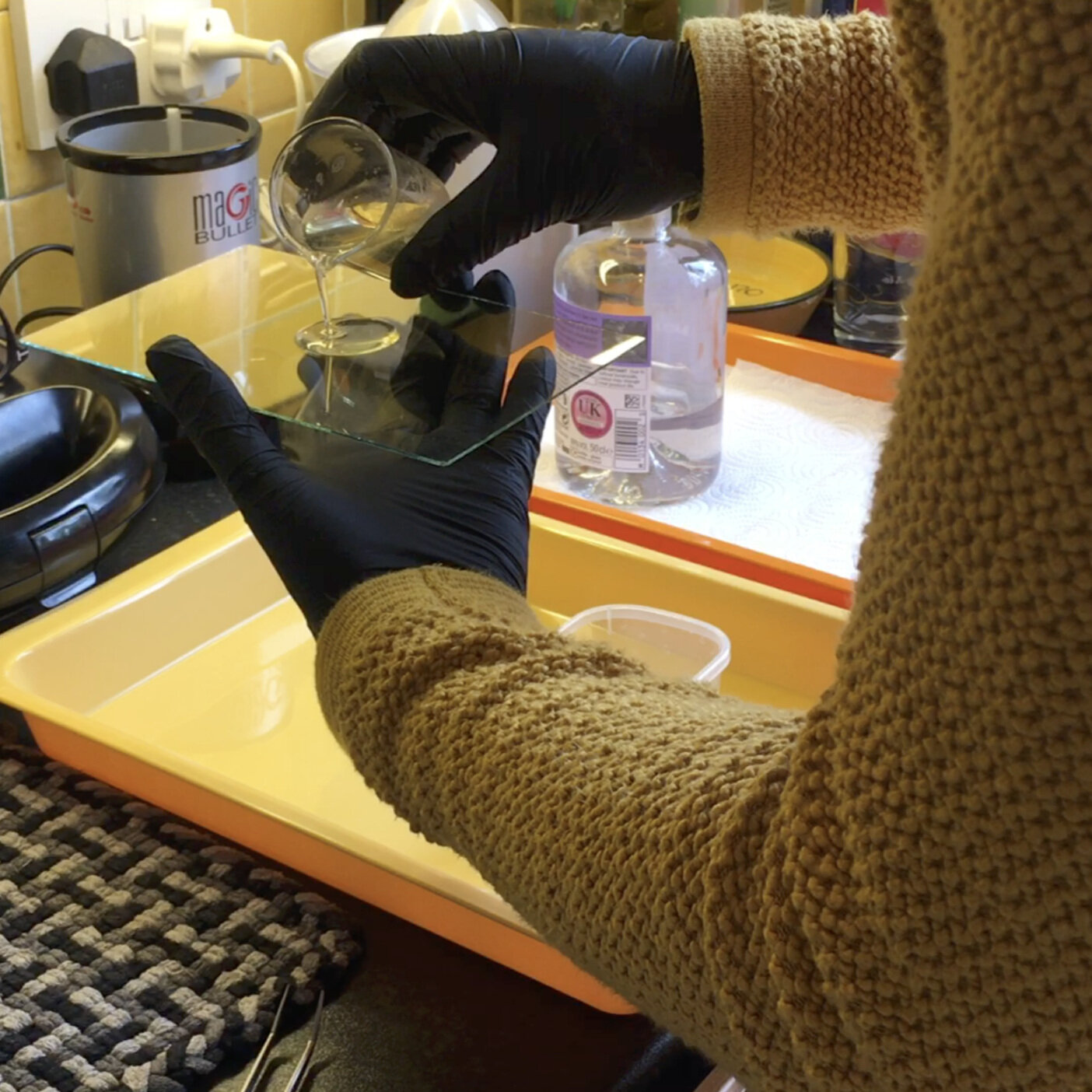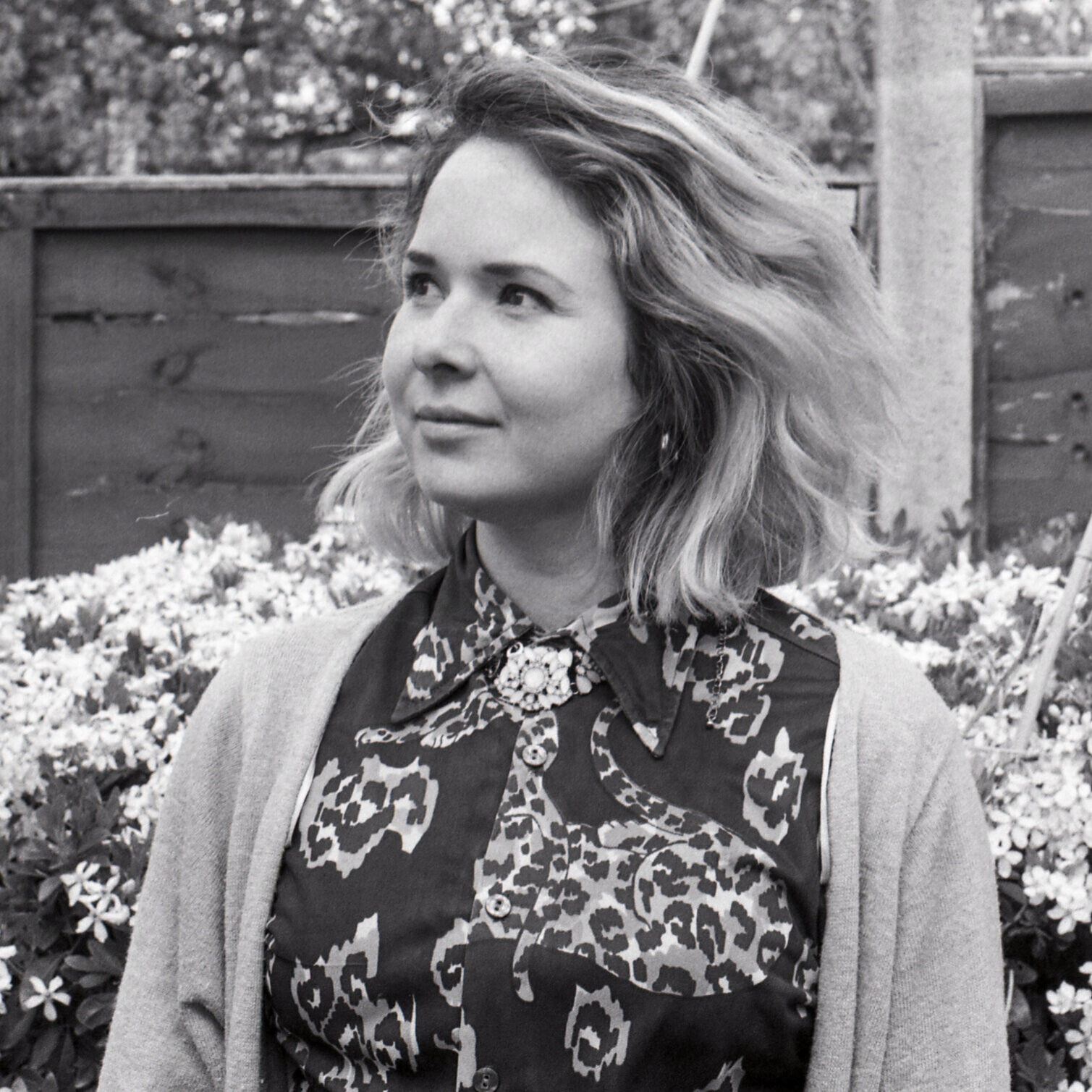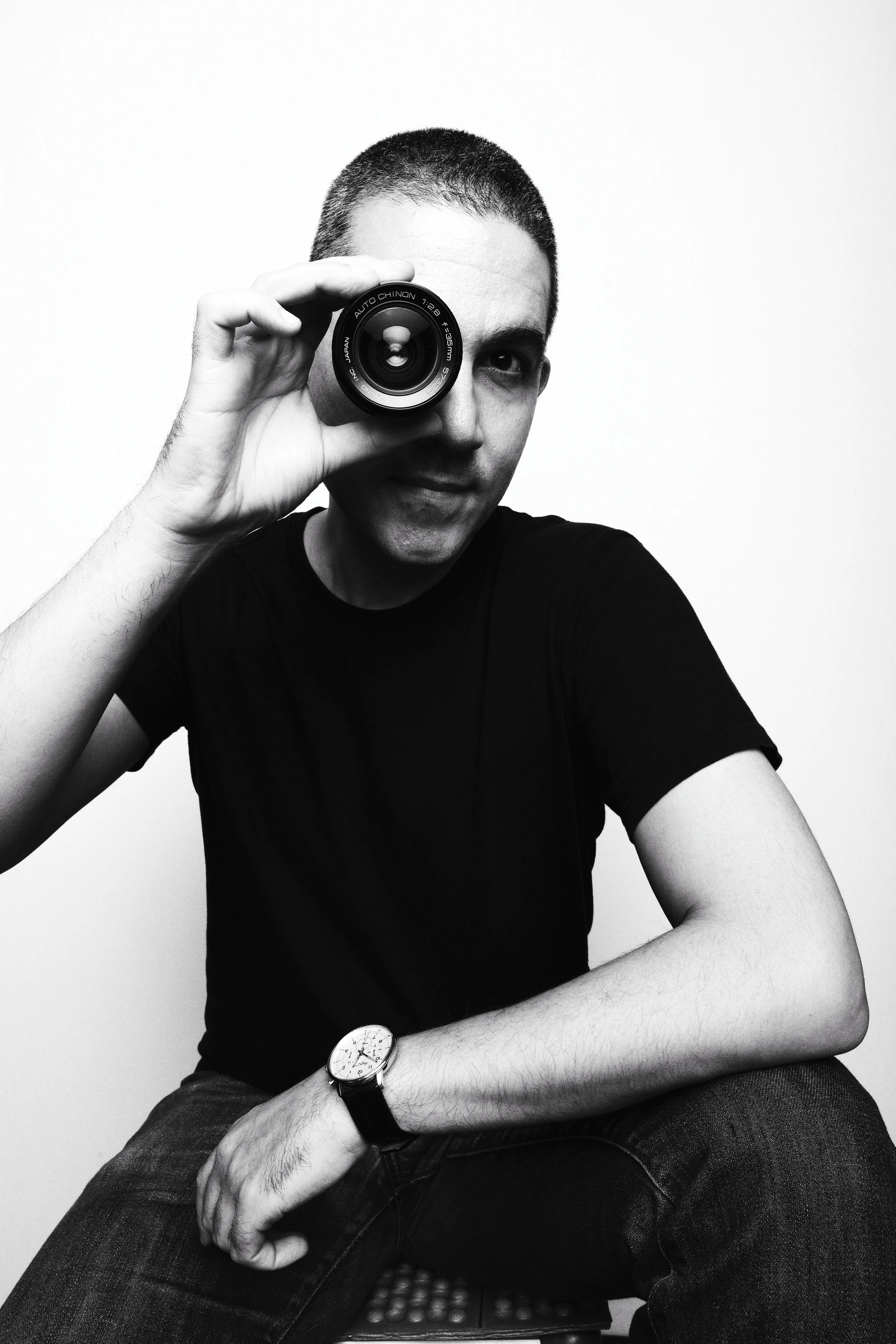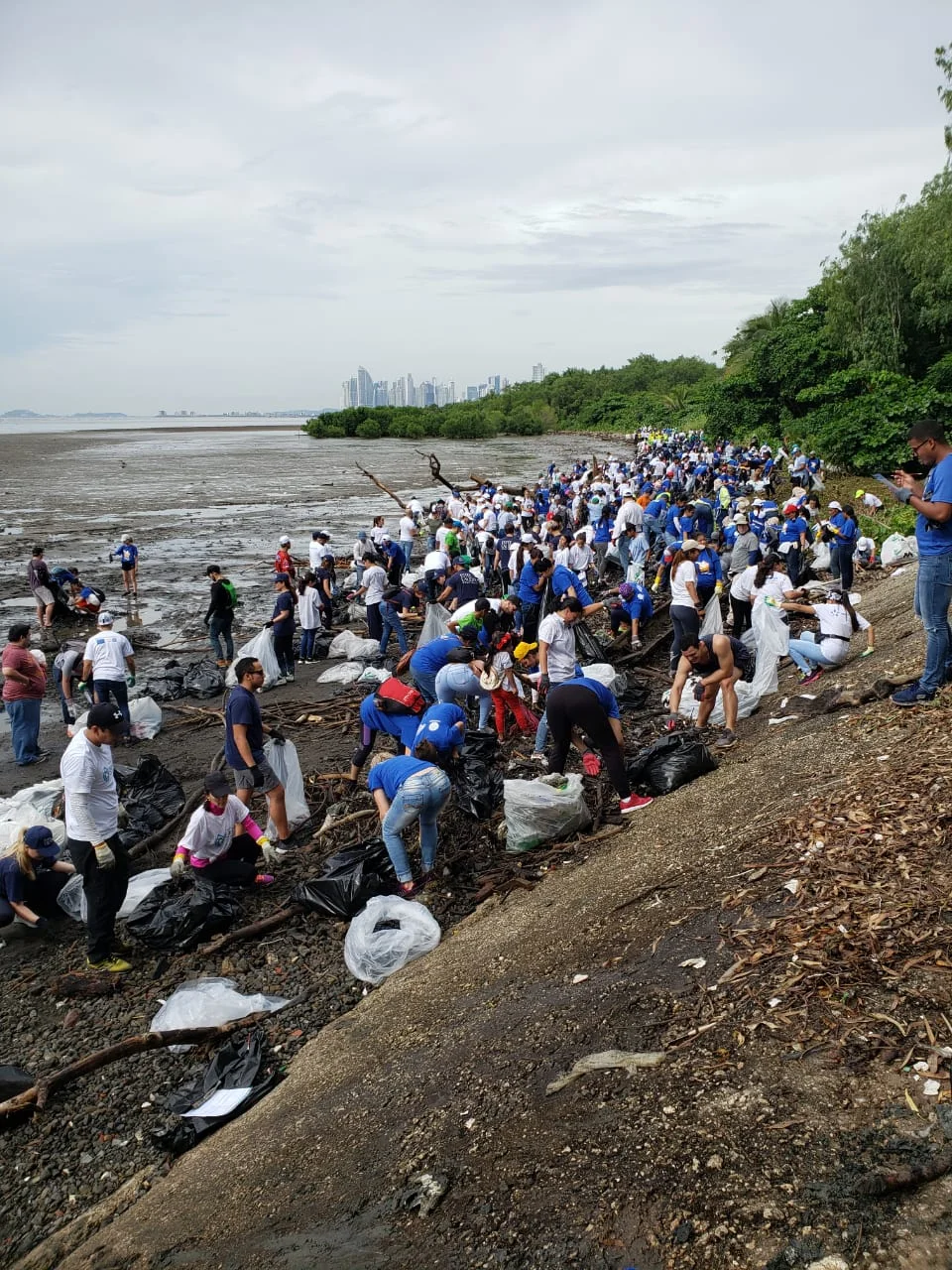This is the Twentieth-Third post in my series of posts where I speak with people in the creative industries and ask them questions about the things that “I Wish I Had Known” when I started out as a creative myself.
Eli B is a romance writer and she writes contemporary fiction as well as fantasy. Her novels focus on black women in interracial relationships, living in modern situations and mystical worlds. Eli B and I are both creators on Patreon, where she writes serialised fiction for her patrons and I share with my community how I create my work with behind the scenes and tutorials.
Last week, Eli B and I had a lovely conversation via Zoom where we spoke about our process and our storytelling techniques. This is a tiny excerpt from the conversation. You can listen to the full conversation on the audio version of this post or you can watch the video on this link.
1. Eli B: How do you find inspiration for your photography?
JC: I'm gonna say something really cliched. And this is something that may also resonate with you: I think inspiration is everywhere. And like, right now, this conversation that you and I are having is going to trigger so many other things in our own work. And in our lives. I think that you just have to pay attention to everything that happens around you. And sometimes when I hear people saying that they have a hard time finding inspiration, I feel like they're really not paying attention to what's going on in their lives.
Or they think that finding inspiration means taking a plane and flying to the other side of the planet to look for that perfect spot or learn that perfect story or research the perfect culture. But just look outside the window and pay attention to what's going on and you get all this information flowing in.
I know that it is a very cliched thing to say. And you and I also know that it doesn't apply to all the work that we do. Because it's not that we're just sitting on our chairs just observing our surroundings and our Muse comes and inspires us. It is a lot of work. It is a lot of hard work. When I create some of the shoots that I do, I spend weeks or months before I finally click on the button on the camera, putting everything together.
2. JC: Do you do a lot of preparation before you start writing a story?
Eli B: Ah, no. Sometimes I just literally just start writing. If I have a notebook, and stuff comes in my head, I will just write down characters, I'll just write down whatever dialogue just popped into my head. So most of my stories and all of the works in progress that I work on come from literally just me having a piece of paper in front of me. I don't do planning.
Lately, I have tried to become like a plotter. My characters tend to just talk in my head. And I go from there. I was writing a story, actually writing a story that I'm working on right now, called Me Too. And it was in like early stages, like the second draft, I'd been writing this forever. But while I was doing some revision and writing, I just had two characters that kept popping in my head, and one of them was a demon.
And this girl just kept falling from the sky. She had like, platinum white hair, and she just kept falling from the sky and I kept catching her and catching her. And I just had that vision over and over my head. So I stopped what I was doing. It's just really rude, you know, when characters do this. I stopped what I was doing and had to start writing their story because their image wouldn't leave my mind.
So with them, I just I started in a blank notebook and just started scribbling down things that I knew about them. And then the story of Magicks and Mortals just came out of that. It's just a wild story. And I don't really write a lot of Young Adult, so I thought it was weird that I got that vision.
3. JC: So would you agree that the story writes itself when you start writing?
Eli B: Yes, I would absolutely agree with that. They just write themselves, I am just a vessel. I say that all the time, I have no control over my characters, they do what they want to do. Even when I try to give them direction, it tends to go in whichever way they wanted it to go.
I think sometimes people might forget that you as an author or a photographer or a singer aren't what you are writing. Like, yes, a lot of myself is in the work that I write. But a lot of the times I'm just writing a story from someone else. And that's how I just get inspiration.
And again, as you said, it comes from everywhere. I don't know, I could just be looking out the window and this fantasy world just pops in my head. And I have to stop myself sometimes to write it down on a notepad or on my notes on my phone, and let it sit.
4. Eli B: Are there certain things that pop out to you that make you want to take a picture?
JC: For me, It's always people. If you and I lived closer, I would have already photographed you. Because whenever I see some something in someone, like a spark in the eyes, or a beautiful smile, or just like the way the hair falls on their shoulder, or how they turn their head, I want to capture that.
And, it's going to sound creepy in a "Silence of the Lambs" way. But you know how the guy puts on the skins of the victims as trophies? For me, those images of people, those are my trophies. I was able to capture that thing that I saw in you. And then that is my trophy. And I just save it.
Sometimes I just want to take photos just because I want to take the photo. I don't want to do anything with the photo. The photo won't go in my portfolio, I will not show it to anyone, I wouldn't sell it. It's just for me, I want to be able to shoot that thing I saw and just capture it.
It's very fleeting, because sometimes you just see that thing in that moment. And maybe I tell you, Ellie, when I see you, I want to take your portrait. But then the next time I see you, I'm not able to capture it, because it was in that fleeting moment when I saw that in you.
Maybe it wasn't anything that had to do with you in particular. Maybe it was the situation that we were living, and then you know, that inspired me, and then I can't recreate it. So there's always that challenge. But yeah, it's always people that inspire me.
5. JC: what is the most difficult part of creating one of those characters when they start talking in your head?
Eli B: I think the most challenging part is making sure that whoever likes reading my story can capture them the way that I see them. And I think that is the challenging part, making sure that I have all those descriptions right and that they flow. Like, you know, you like Eyes Of The Beholder. I really hope you can see Niklaus the way that I see him or that you can see Miri the way that I see her.
Also, the tough part is making sure that I capture their personalities and not try to influence them with my environment or what I'm going through with my emotions. That their emotions and their personality are unique to them. And that goes for every story ever.
I'm trying to make sure that all of my characters have a distinct voice and distinct personalities and that they do things in a way that's unique to them and not like the other characters from my other stories. So with that, organisation does come into play again because I do have to sometimes make character charts or character boards just so I can keep their image in my head.
And I will go back to them and just say: "Okay, well, what are they into?", "what is Nicklaus into?". Nicholas is a complex character. Sometimes I don't quite know everything about him. And that's kind of the beauty of writing because he's very complex and disturbed. And I haven't touched upon that yet.
6. Eli B: One of my favourite photos that you've done used neon paint. And it just spoke to me. I can't explain how it spoke to me, but it was one of my favourite photos that you've done. How did you decide to use the neon paints and get your model in that position and know that was the position that was going to just make everything pop?
JC: I believe that creativity is the child of knowledge. And when I say this, I don't mean that you have to be an academic or you have to have studied. We are constantly on research mode, as creatives. And we're not always doing it intentionally, but we're always browsing the web to see what people are doing.
And then you see an image that you like and wonder how they shot that. Or maybe you see a story and you get curious about the techniques that they might have used to write that story. And then you fall down this rabbit hole of researching and trying to find out more and more and more and more about the things that you like. And those things, they start accumulating in your brain.
So years later, one day, you see an image like the one Dean showed me and you remember one time many years ago when you saw something that maybe it isn't similar at all, but it reminds you of that and you know how you are going to shoot that.
And for me, that's what happened when Dean showed me this work. I talk about it in detail on my Patreon, but when I saw this image, it wasn't even that he came to me with the image. He just posted it on Instagram. And I saw it and I replied to him and said: I want to shoot this with you. And he said yes, immediately. And he asked me the same question: how are we going to shoot it? I don't know how we're going to do this. But I know that I want to use neon paints because, in my mind, that's what makes sense.
I could have said let's use gold leaf or let's use whatever. But when I saw this image, I was like this could be done with neon paint. Maybe at some point in one of those rabbit holes of inspiration, many years ago, I saw someone do something with neon paint. And that's how the idea came about.
7. JC: How do you know when the story ends?
Eli B: I don't know where the story is gonna end until I'm halfway through a book and I've got to bring this to a close, somehow. With one of my stories called Mercatija, that is supposed to be magic realism in our time, the end of that novel is a massive cliffhanger. Because my main character needed to develop the other half of her side. So she has a light and a dark side and she hasn't touched the dark side. So I had to come up with a way for her to develop that side of her. So the end of the first novel is just basically her going into that space. And that's how it ends.
My contemporary romances get tough to end because I'll write until they've had like five kids and then I'm like "oh, okay, we need to rein this in!" With contemporary, it's hard for me to stop. The one I'm working on right now, Me too, that one I had the ending for and I didn't want to write it. Because my main character, the way it was going, was going to die. And I stopped writing it for a while because I knew that had to happen, but I didn't want it to happen. So I had to figure out a way for it to happen.
And when that happens, I know the ending before the beginning. And then I write to that. And sometimes I may not like the ending that my characters are debating with so I will put it aside and figure out how to fix it.
I guess, with writing that is serialised it's hard to find an ending. It's hard to not just keep going. And that's why a lot of my first drafts tend to be way over a word limit. A contemporary novel should not be 200,000 words, that's just not right and unheard of. But that's what happens to me.
And sometimes that hurts. And I feel like it hurts the creative process, especially when you want to be a traditionally published author. Because you feel like your story has an ending and there are reasons for the way that you have ended it. And then you've got to curtail it to the publishing industry. And sometimes I feel like that tends to hurt the way the story is told.
But you just find ways to work around it really. So I guess the point of the question, when do I know when a story ends, sometimes I don't know. Sometimes I just don't.
8. Eli B: How do you put a photography collection together?
JC: That is a very broad question. It depends on the use. Let's say that we're speaking about just one shoot in particular. I have two ways of working: I either shoot randomly 800 images and then I select the ones that fit the story that I want to tell, or I have a separate moodboard just of how the images are going to look like. So, if the result of the shoot has to be eight images, I would have eight inspirations for the images and we all work towards those results.
When Dean and I were creating that photo that we were talking about before, we just went on the first style of working where we shot until we got the image we wanted. We said this is the image. So I deleted the rest of the 800 images, and we just kept that image. And that's the image that works.
When I'm working, for instance, like on the image with Fabiola and Rachel, we had a posing moodboard so we knew that this is how the images are going to look like. We had six different drawings. And we shot six different poses with six different looks of clothes and makeup and hair. And that's what we did. So when we started shooting, and when we directed the model and we saw on the computer what we had on the drawing then we moved to the next one.
Usually, when I'm working with other people like clients I work this way because it's faster.
9. Eli B: do you direct your models? And is that tough? Or do they know what you're trying to say?
JC: When you're a photographer, you have to be a people's person because you are dealing with a human being and you need to be able to direct them if they're not a professional. If I were taking a photo of you and you are someone who's not used to being in front of the camera, it is even more challenging because then I have to sit down with you and really get you at ease and make you feel comfortable with the whole idea and direct you into showing your best self for the photo.
But when you're working with professional models, they obviously have a set of skills and they have seen themselves so much in images and they have practised their expressions and their poses so much in front of the mirror that they come with a toolbox that they show you when you're starting shooting.
It's not that there is an actual conversation, but it's a visual conversation. I start shooting and then they show you everything that they can do. You don't really need to direct someone who's a professional. But if you have a set idea of what you want to be seen in the image, it's always good for the model that you tell them "I'm expecting this from you." Because that way they don't have to randomly come up with poses and expressions that might not really show what you're trying to tell with a photo.
When working with regular people who are not models, it's just about directing them while making them feel comfortable and just trying to get the image that we all like.
10. JC: What do you think is the most challenging thing of your creative process when you're writing your stories?
Eli B: So for me, it's getting the right descriptions down of how I see it in my head and getting it on the paper. And that may take a couple of trials for me to get it the way that I'm seeing it because an image in your head is completely different to when you go to type the words to describe it. So that's really tough for me.
And not being discouraged about where I am as a writer and what kind of journey I'm on and where I'm going with it or what I want to do. Because, for the longest time, I really just wrote because I like writing. I didn't think of it going anywhere. I didn't think of doing anything with it. Really. I mean, that's kind of how a lot of my stories came about because I had been writing it. I knew it sounded like crap, but I thought "nobody's gonna read this". It's just for me, so just keep typing. So that's what I did.
So these past couple of years have been tough for me to kind of not judge myself against other authors or against what's happening around me. There is a lot of anxiety about what's happening in the publishing industry. And that a lot more voices are being heard. And, you know, black voices are getting out there.
And I'm really excited about this, but it also gives me a lot of anxiety. Because I don't write issue stories and a lot of publishers really like that. So for me, it makes me feel like, what I'm writing isn't good enough, because I don't write issue-based stories. I've always written happy stories.
Yeah, there are some that are not perfect. And they do come with drama, obviously. But I just don't write from this perspective that I've got to get out of like, you know, the slums, or that I've always got some sort of massive racial, systemic racism issue going on in my life. No, I'm literally just writing about 'this happened to this woman, she fell in love, and they're happy'. Because I think that the majority of us have those stories. And I want to see myself in just a cosy romance novel.
That's why I don't want to have to deal with the struggle that society thinks that we all go through. And that's why I'm so afraid that my stories will never get seen because publishers want those stories. And I will not write those, I don't write them. And I think black people, BIPOC, POCs, we all deserve to have happy stories, and they shouldn't be riddled with issues or stereotypes that everybody thinks that we all come from.
Thank you so much Eli B for sharing your storytelling techniques with me and for agreeing to spend your Saturday morning discussing everything that I wish I had known!
You can learn more about Eli B on her Patreon channel https://www.patreon.com/EliBeesBlurbs/posts her Twitter https://twitter.com/Eliseylouwamba or her Instagram https://www.instagram.com/elibeesblurbs/











































